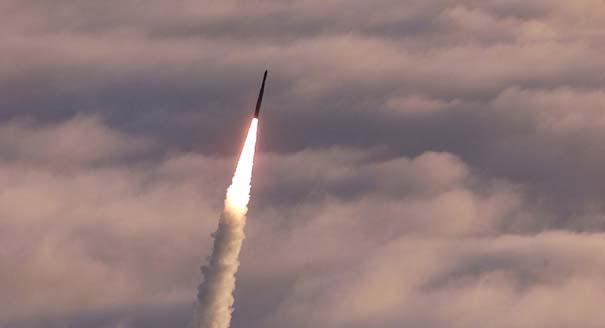Critics of President Obama’s move to reconfigure the proposed missile shield in Europe have accused the administration of kowtowing to Russia in the naïve hope of increased pressure from Moscow on Iran. In a new policy outlook, Kimberly Misher contends that the president’s decision was the right one based on technical, financial, political, and security considerations.
Key Conclusions
- The previous plan fell short technologically against a potential missile threat from Iran.
- The proposed shield unnecessarily heightened tensions between the United States and Russia and exposed fissures among new NATO members over the Alliance’s collective security guarantees.
- The planned installations in Poland and the Czech Republic made both countries more vulnerable to Russian coercion yet provided neither with new capabilities to withstand Russian aggression.
- The United States should explore opportunities for joint missile defense systems to constructively engage Russia on European security, reinforce NATO’s security guarantees, and strengthen the deterrent against Iran.
“The Obama administration was right to evaluate planned missile defense deployments against tough standards of feasibility, affordability, and desirability,” writes Misher. “Its decision to reconfigure European missile defenses to meet a short- and medium-range Iranian missile threat demonstrates a commitment to European defenses, not an abandonment of its allies.”



